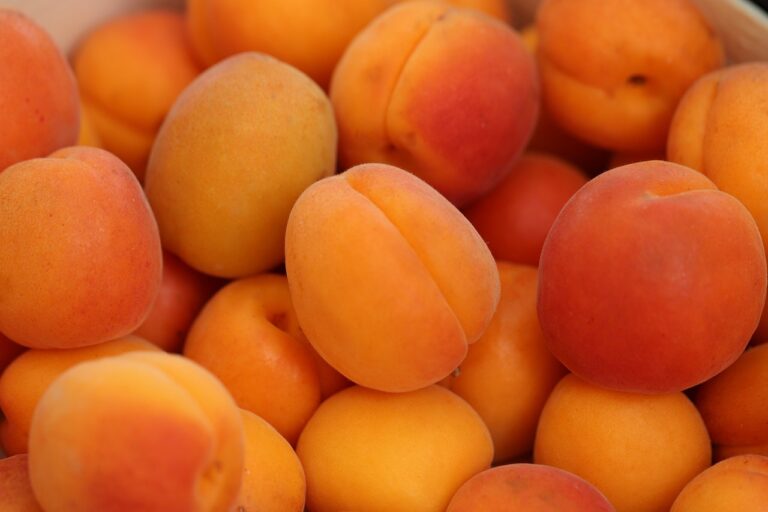Market Analysis: The Growth of the Global Tea Market
The global tea industry is a dynamic sector that has seen steady growth in recent years. With an increasing focus on health and wellness, consumer demand for tea products has been on the rise worldwide. Countries like China, India, and Kenya are among the top producers of tea, catering to both domestic and international markets.
Tea consumption has not only become a daily ritual for many individuals but also a trendy beverage choice in various social settings. The versatility of tea in terms of types, flavors, and preparations has contributed to its popularity among a wide range of consumers. From classic black teas to herbal infusions, the market offers a vast array of options to suit different tastes and preferences.
Factors Driving the Growth of the Tea Market
**Growing Health Consciousness**: As more people become health-conscious and seek out natural and beneficial beverages, the demand for tea continues to rise. Tea is often perceived as a healthier alternative to sugary drinks or caffeine-heavy beverages, driving consumers towards this versatile and antioxidant-rich beverage.
**Innovative Product Offerings**: The tea market is constantly evolving with new flavor profiles, sustainable practices, and innovative packaging options being introduced by key players. These innovations not only cater to changing consumer preferences but also attract new demographics to the tea market, fueling its growth on a global scale.
– Growing Health Consciousness
– Innovative Product Offerings
**Shift Towards Functional Teas**: With consumers increasingly seeking out beverages that offer health benefits beyond just hydration, functional teas have gained popularity in the market. From detox teas to immunity-boosting blends, these specialized tea varieties are driving growth by catering to specific consumer needs.
**Expansion of Distribution Channels**: The accessibility of tea products has expanded significantly with the proliferation of e-commerce platforms and specialty tea shops. This wider distribution network allows consumers to easily access a variety of teas from different regions, contributing to the overall growth of the market.
– Growing Health Consciousness
– Innovative Product Offerings
– Shift Towards Functional Teas
– Expansion of Distribution Channels
**Cultural Influences**: Tea holds significant cultural importance in many countries around the world, leading to a strong demand for traditional and authentic tea varieties. As global trade continues to flourish, consumers are exposed to a wide range of teas from different cultures, further driving market growth.
**Rising Disposable Income**: As disposable incomes rise across various regions, consumers are more willing to spend on premium tea products and accessories. This shift towards higher-quality teas is fueling market expansion as companies capitalize on this growing segment of discerning customers.
– Growing Health Consciousness
– Innovative Product Offerings
– Shift Towards Functional Teas
– Expansion of Distribution Channels
– Cultural Influences
– Rising Disposable Income
Key Players in the Global Tea Market
In the global tea market, some key players have established themselves as frontrunners in the industry. Companies like Unilever, Tata Global Beverages, and Associated British Foods are among the prominent players shaping the market dynamics with their diverse product offerings and strong market presence. These industry giants have a wide range of tea brands catering to various consumer preferences and market segments.
Apart from the traditional big players, there has been a rise in the presence of niche tea brands focusing on specialty teas, organic blends, and unique flavors. Companies like The Republic of Tea, Harney & Sons, and DavidsTea have carved out a niche for themselves in the market by offering premium quality teas and innovative tea products. With a growing demand for premium and health-focused tea options, these niche players are gaining traction among consumers worldwide.
What is the current state of the global tea industry?
The global tea industry is thriving, with a growing demand for tea products across the world.
What are some of the factors driving the growth of the tea market?
Factors driving the growth of the tea market include increasing consumer awareness about the health benefits of tea, the rise of specialty and premium tea products, and the popularity of tea as a social beverage.
Who are some of the key players in the global tea market?
Some of the key players in the global tea market include companies like Unilever, Tata Global Beverages, Associated British Foods, and more. These companies have a significant presence in the global tea industry and offer a wide range of tea products to consumers.







